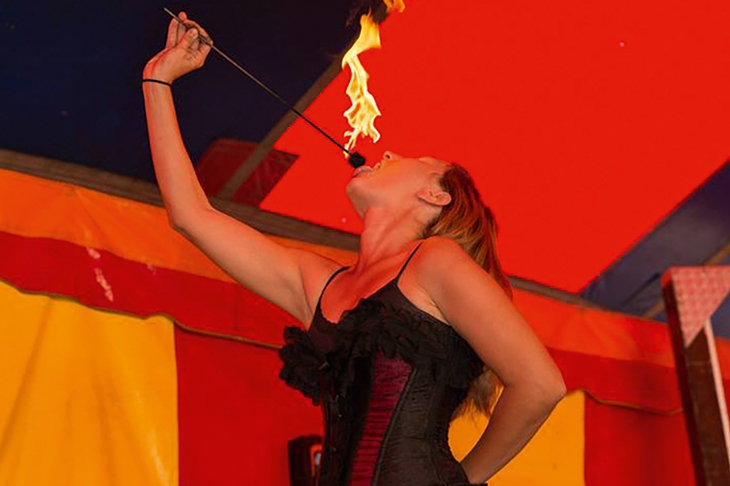In a British circus, you will no longer find big cats, dancing bears or sea lions balancing on balls. Anne, the last elephant, paraded around the ring for the final time almost a decade ago, after a circus career lasting more than 50 years.
The only wild animals that continue to perform under the big top are a fox, three camels, three raccoons, four zebra, half a dozen reindeer, a zebu, and a macaw called Rio. This menagerie travels with two small family–run traditional circuses, Circus Mondao and Peter Jolly’s Circus.
Almost a million pounds have been spent on each animal, trying to get them banned from performing. The mighty Royal Society for the Prevention of Cruelty to Animals (RSPCA) has been running this campaign, alongside the Born Free Foundation, PETA and the militant group Animal Defenders. Earlier this year, the British government announced a ban on all wild animals in travelling circuses by 2020.
Circus wasn’t built on wild animals, but on the horse. In 1768, 250 years ago this year, on an abandoned patch of marshland near London’s Waterloo, the retired cavalryman Philip Astley and his wife Patty laid out a rope in the shape of a ring. They filled this magic circle with astounding street acts — tumblers, jugglers, acrobats, clowns.
The size of this ring was determined by the horses. After experimenting, the Astleys found the best diameter was 42ft. This allowed riders to stand on horseback and canter around, using centrifugal forces to keep them upright. Every circus ring since has measured the same. (There were some other animals in this first circus: a swarm of bees. Patty’s trick was to ride around the ring smothered in them as if wearing a giant muff.)








Comments
Join the debate for just £1 a month
Be part of the conversation with other Spectator readers by getting your first three months for £3.
UNLOCK ACCESS Just £1 a monthAlready a subscriber? Log in